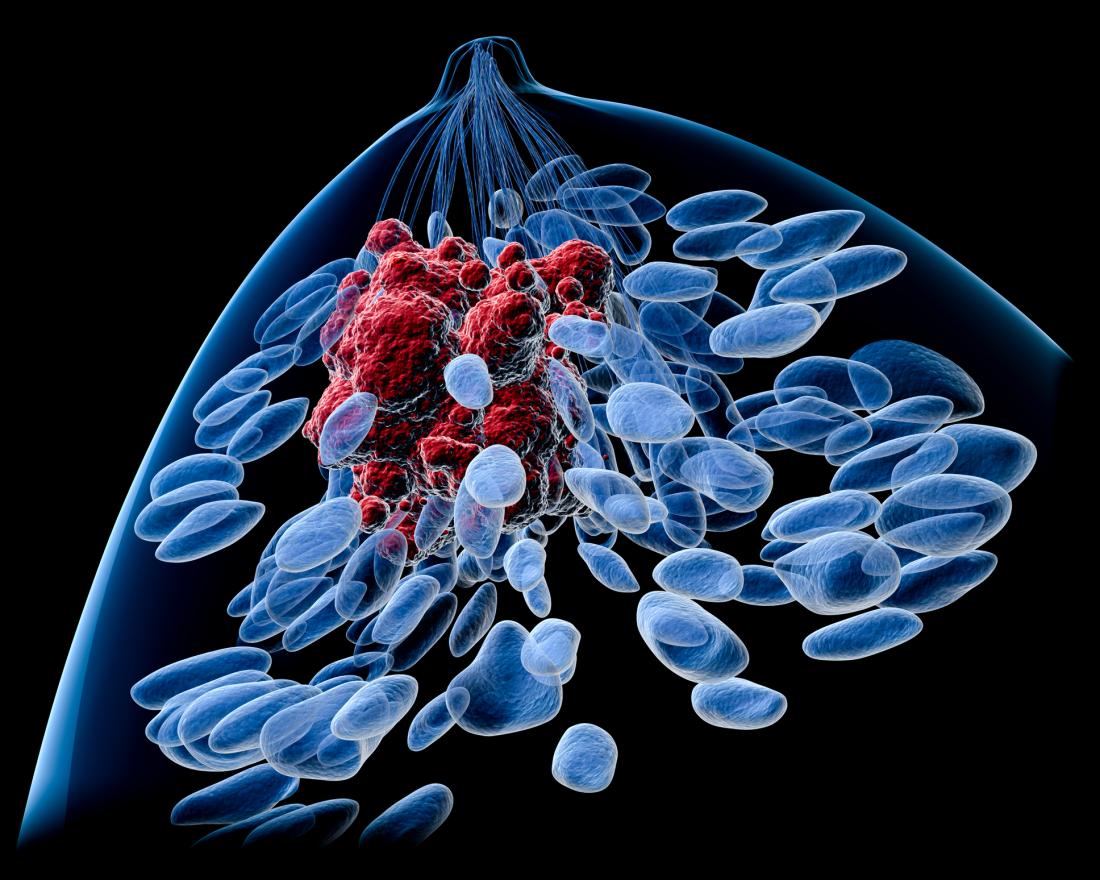
Breast cancer is one of the leading causes of death among women in the Western world. There is a subtype of breast cancer characterized by overexpression of the HER2 oncogene. Although most patients with this diagnosis benefit from treatments directed against HER2, some do not respond to these therapies and others develop resistance over time. Therefore, new tools are needed for the treatment of these patients, and for the early identification of those with greater risk of developing innate or acquired resistance to current treatments.
In this research, recently published in the journal Proceedings of the National Academy of Sciences (PNAS) USA, a new mechanism to control the activity of HER2 is described: its heteromerization with the CB2R cannabinoid receptor. Previous studies by the same group have shown that cannabinoids, active compounds of marijuana, produce antitumor effects in different cellular models and animals of breast cancer through the activation of the CB2R receptor.
In this work, the researchers describe the physical interaction between HER2 and CB2R, and analyze the functionality of these complexes. On one hand, the analysis of several collections of human samples allows us to conclude that the expression of HER2-CB2R heteromers in breast cancer is associated with a poor prognosis of patients. On the other hand, different experimental approaches have shown that breaking these heteromers, by administering cannabinoid Δ9-tetrahydrocannabinol (THC), produces antitumor responses inducing the inactivation and degradation of HER2 and activating death signals through CB2R.
These results present HER2-CB2R receptor heteromers as potential tools with prognostic value and as new therapeutic targets for the treatment of HER2-positive breast cancer.
For further information: https://www.pnas.org/content/early/2019/02/06/1815034116
.png)
